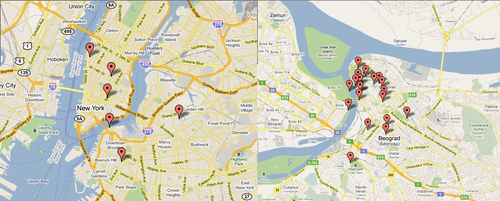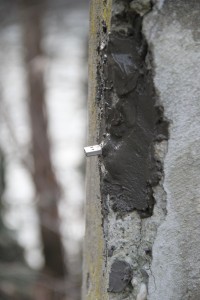I’ve been on Youtube since 2006. Before there were ‘Youtubers’. My channel was never something to make money with. So the few videos I posted, used CC (creative commons licensed) music.
To find CC music there are some platforms out there. One of them is Jamendo. I found some great artists there that were kind enough to license their fabulous work under CC-BY and CC-BY-SA. Back in 2011 I posted a time lapse video, and to make it less – well boring – I used a song licensed under CC-BY. The downloaded files from 2008 of the album ‘Le Moins Pire’ show the CC-BY license in the license file.
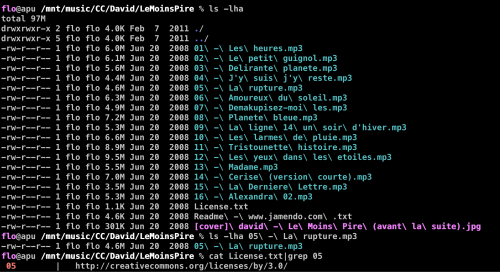
Another download from 2010 shows a different album (‘Naturel’) with the same song on it (‘La rupture’), with a CC-BY-SA license. That’s the license I chose to use and mention on my video. But clearly the artist seems to have a history of moving to different licenses.
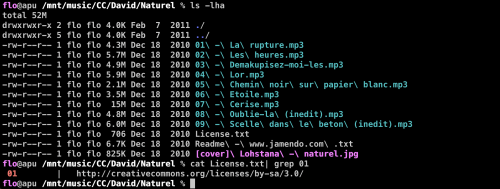
Years went by.
2020 I get an e-mail from Youtube telling me, I need to take no action, but someone claims copyright on the music I used. So the video cannot be monetized any more. So I can’t let Youtube put ads on it, and when it does the revenue goes to the copyright claimer.
What’s going on?
I looked at the link I put as credit in the information block of my video – dead. But luckily the Internet Archive has a copy from May 2011. The Screenshot of that is below.

The Internet Archive shows that Jamendo claims the license to be CC-BY-SA. My download from 2008 seems to have an even older license with CC-BY.
Searching for the song in 2020 on Jamendo shows it now is licensed under CC-BY-NC-ND (no derivatives, no commercial).
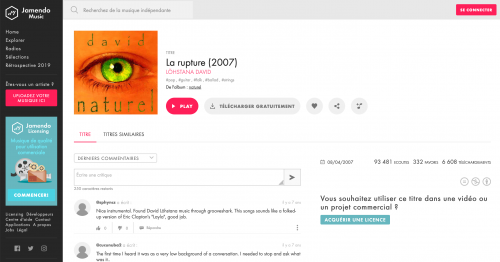
Is that even possible? According to the CreativeCommons FAQ – no.
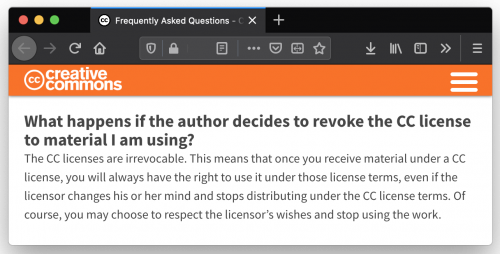
Why is the copyright and licensing system such a mess? How is it possible that big players in this business get it so wrong? Why is Google or Youtube not checking for the licensing history of artwork?
We need a system that allows everyone to enter licensing terms for artwork at a given time. Platforms need to track what song is under which license at what time, or at least when the artist ‘wanted’ a change. It’s the platforms decision if they want to restrict future downloads. They could continue to distribute under the old license as CC licenses are irrevocable.
But maybe putting a system like this in the hands of Youtube or Jamendo is not the best option. Maybe we need a system like the patenting system for copyright. Anyone should be able to license their work through such a system – but not only artists should claim their copyright. Also users should be able to attest their use of certain works under certain licenses.


